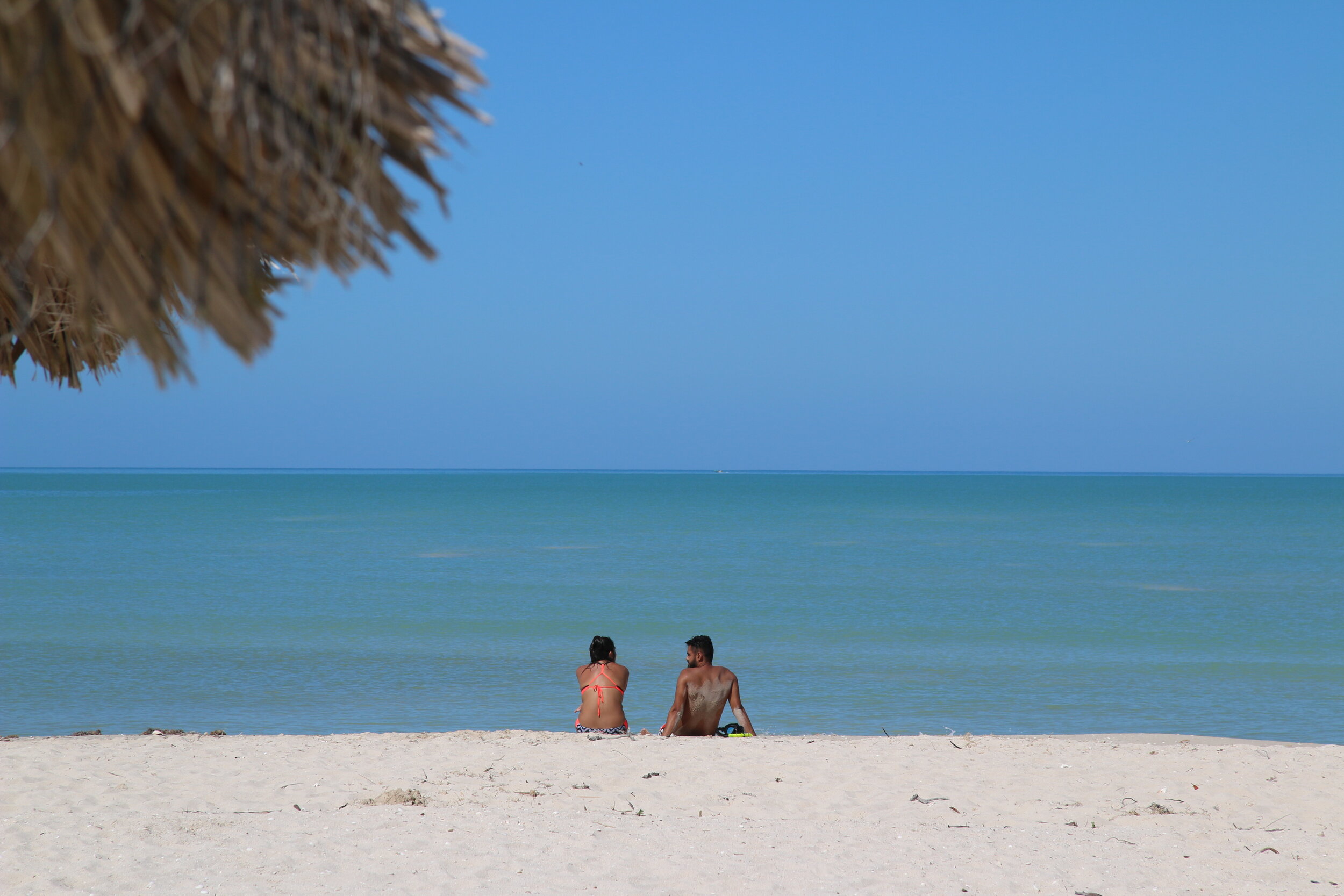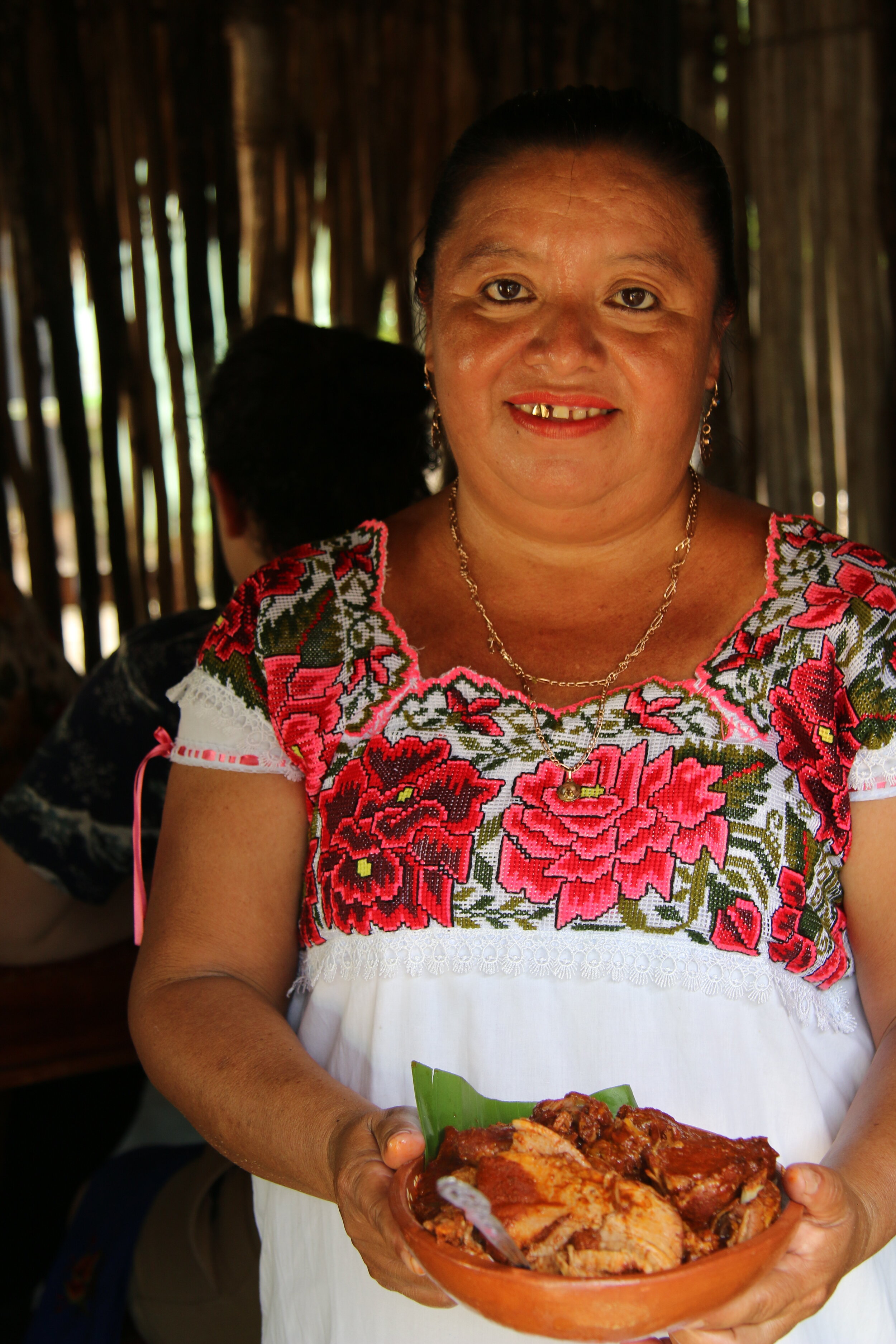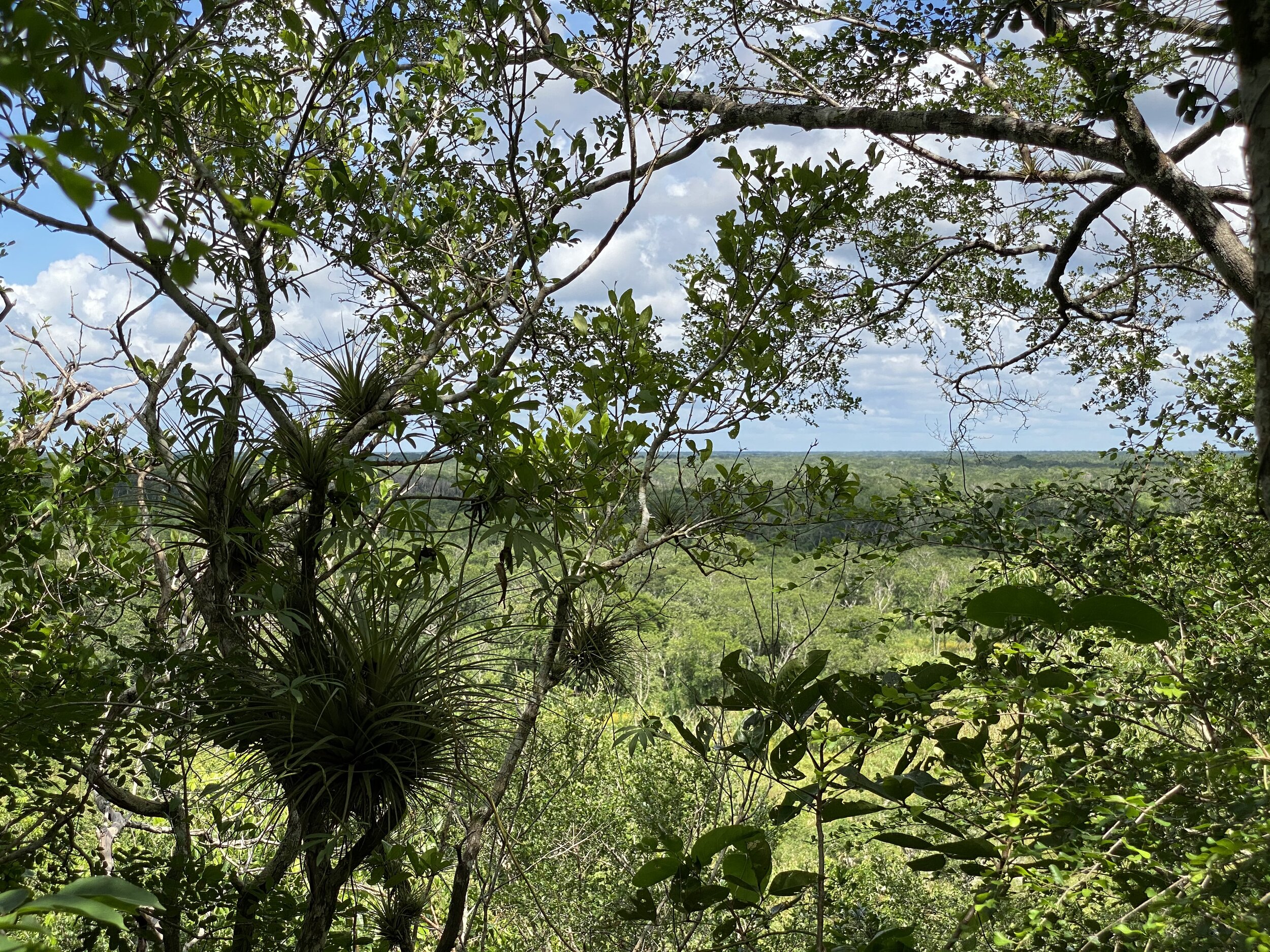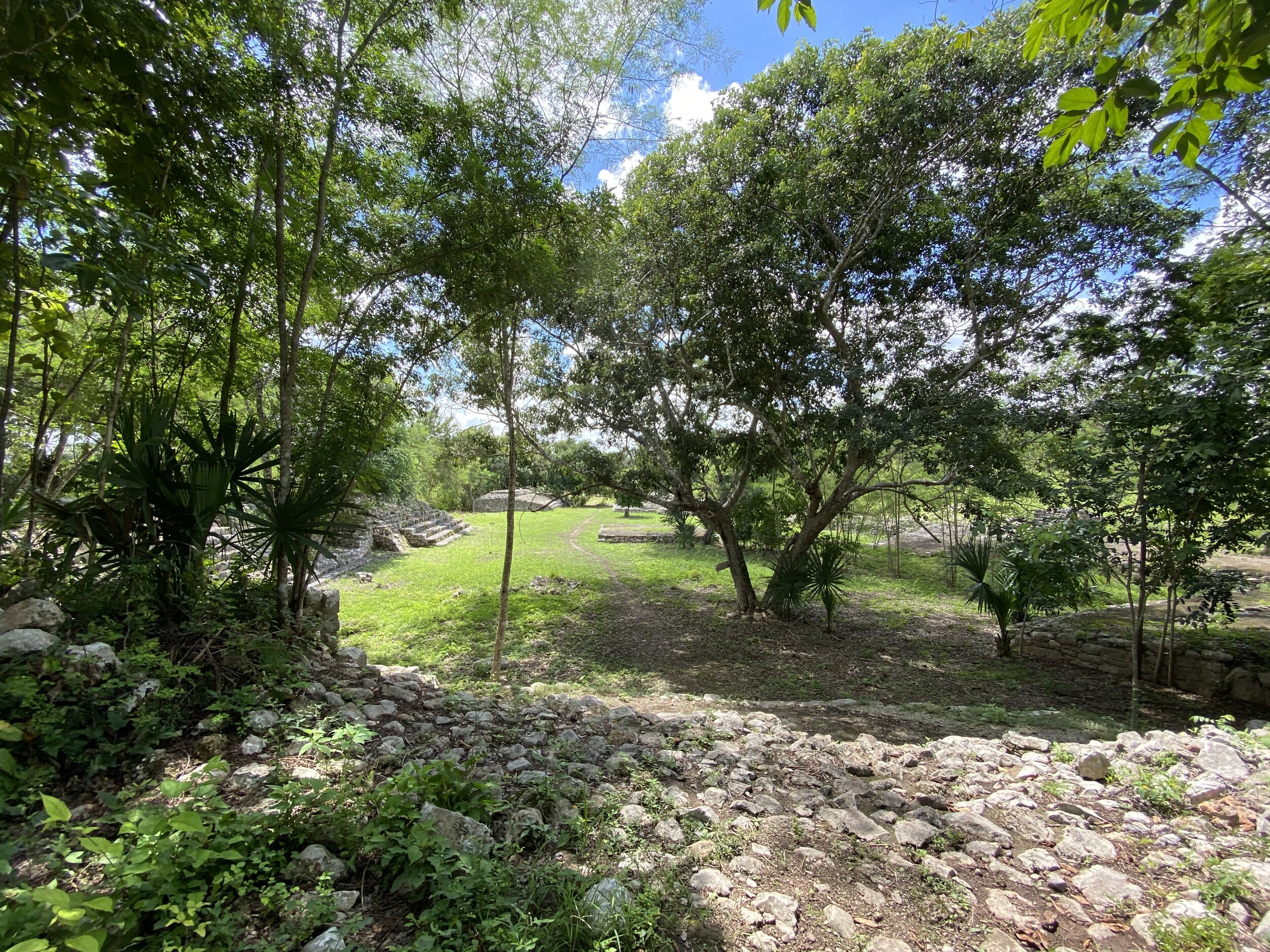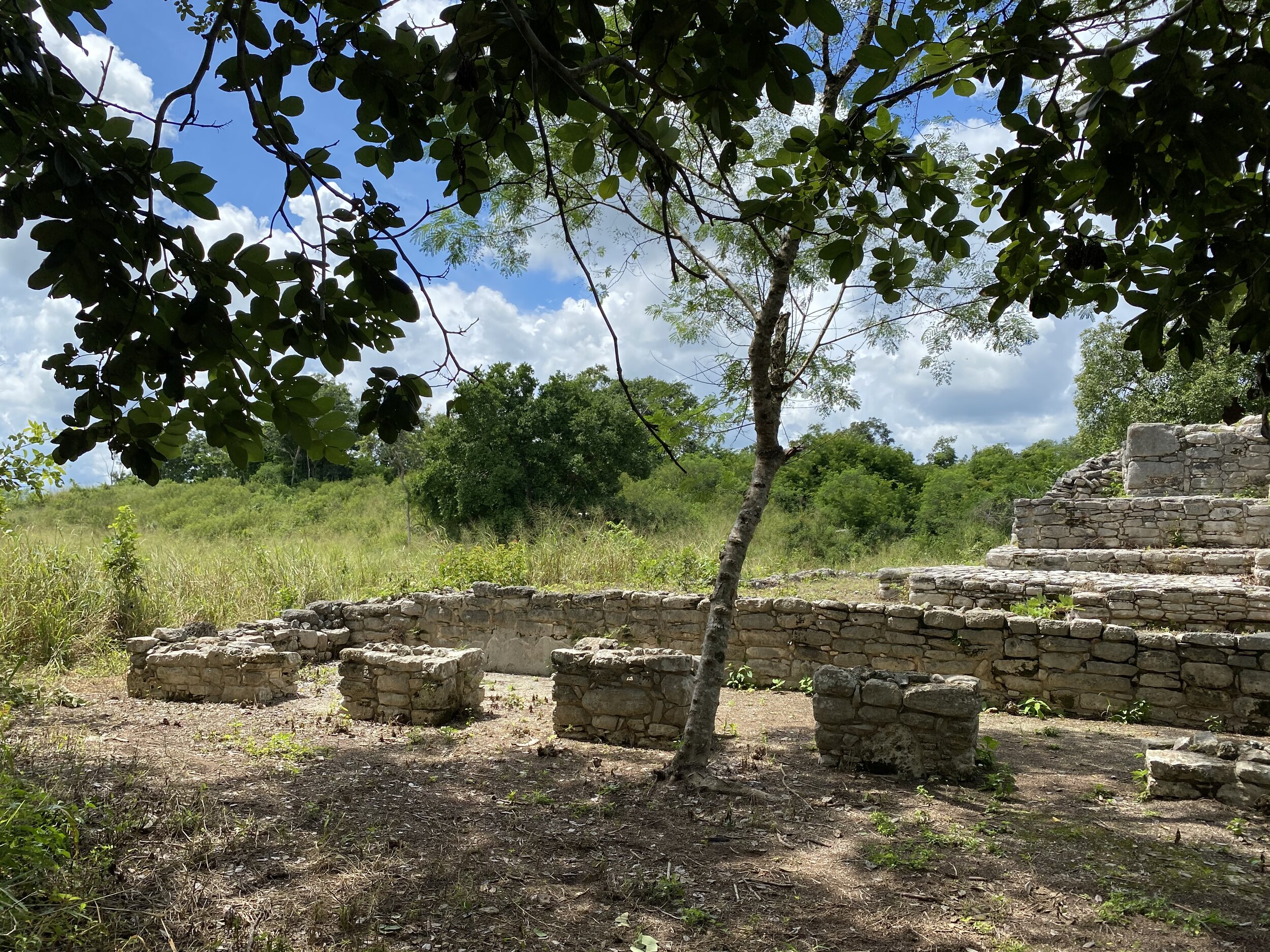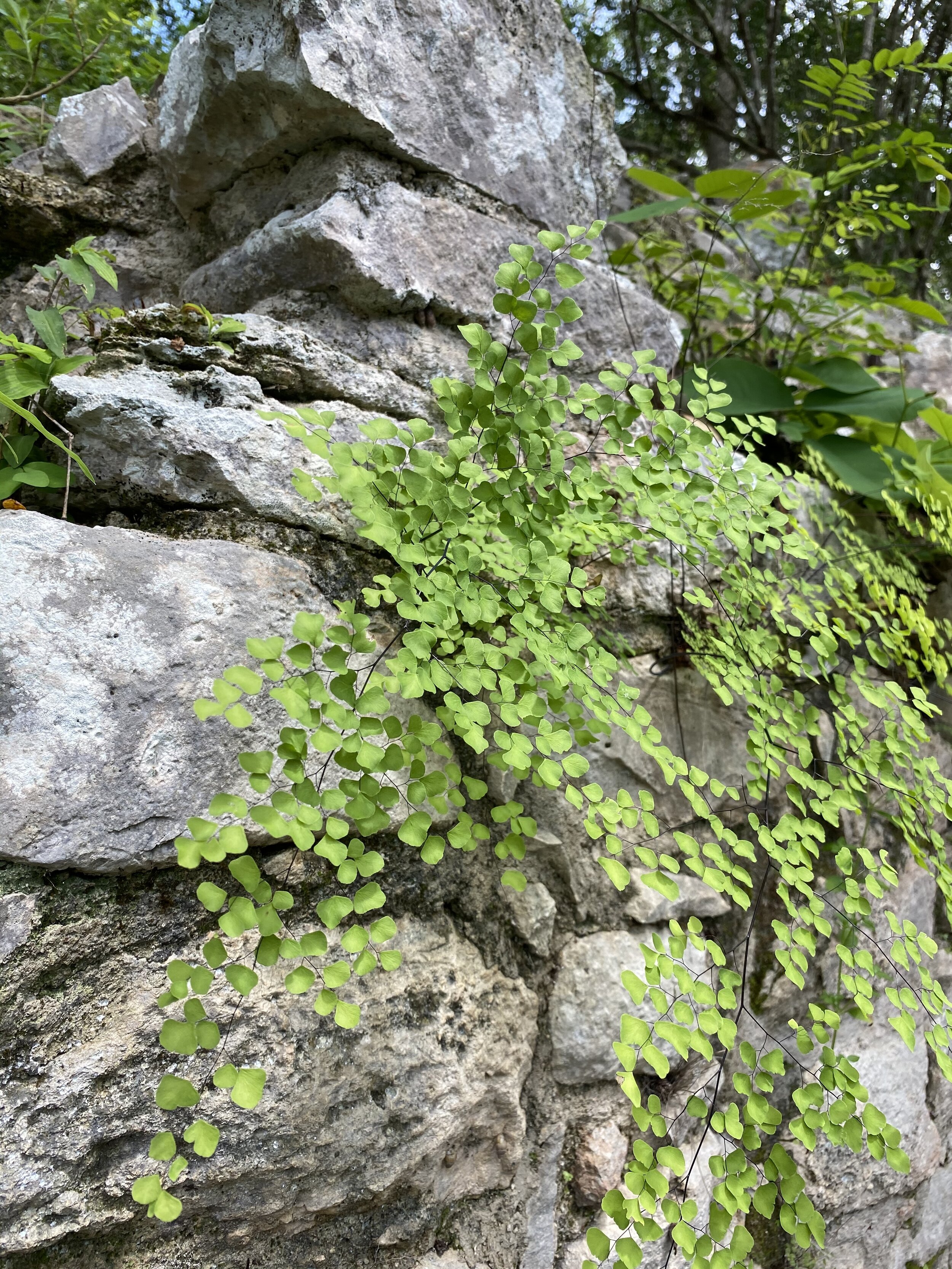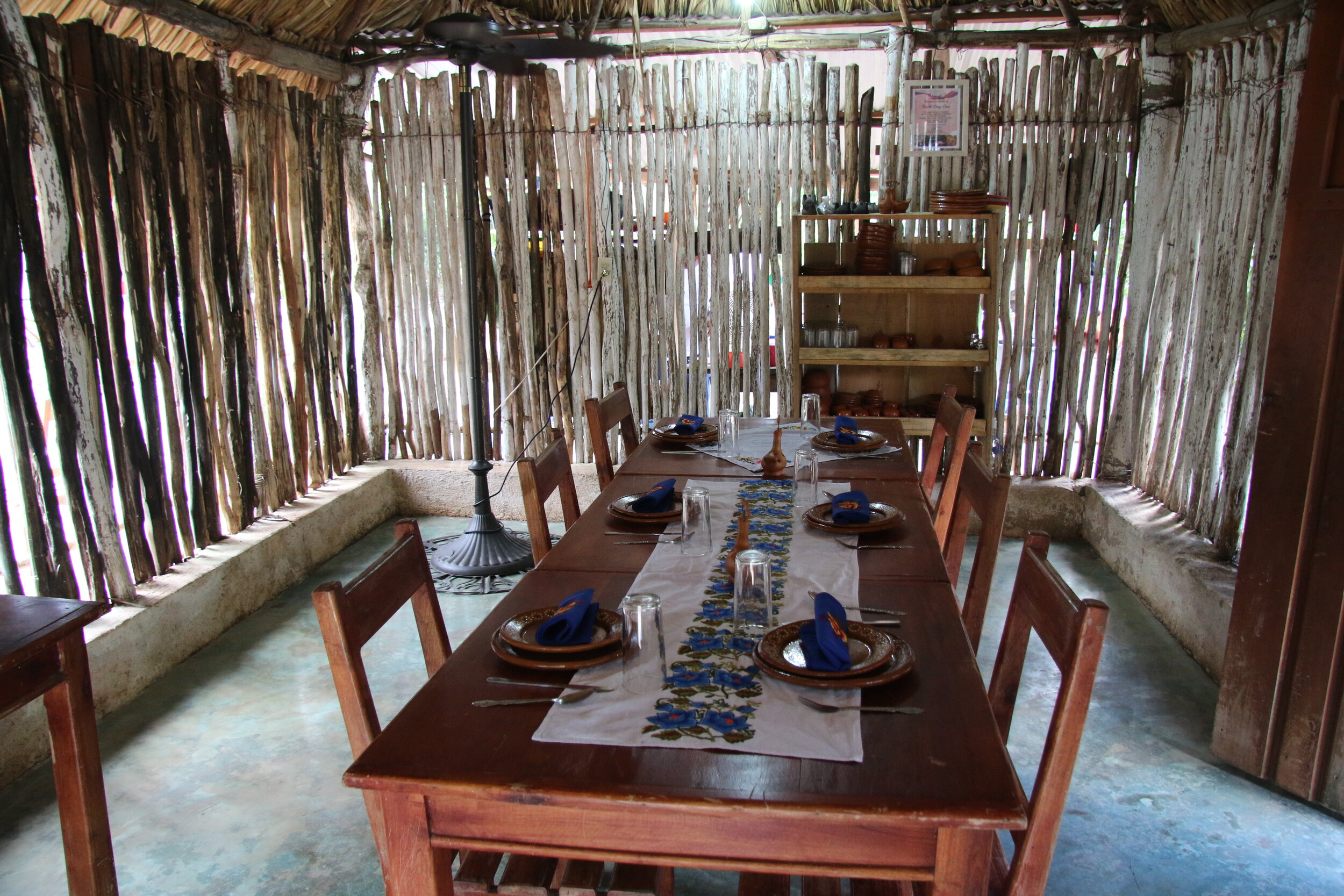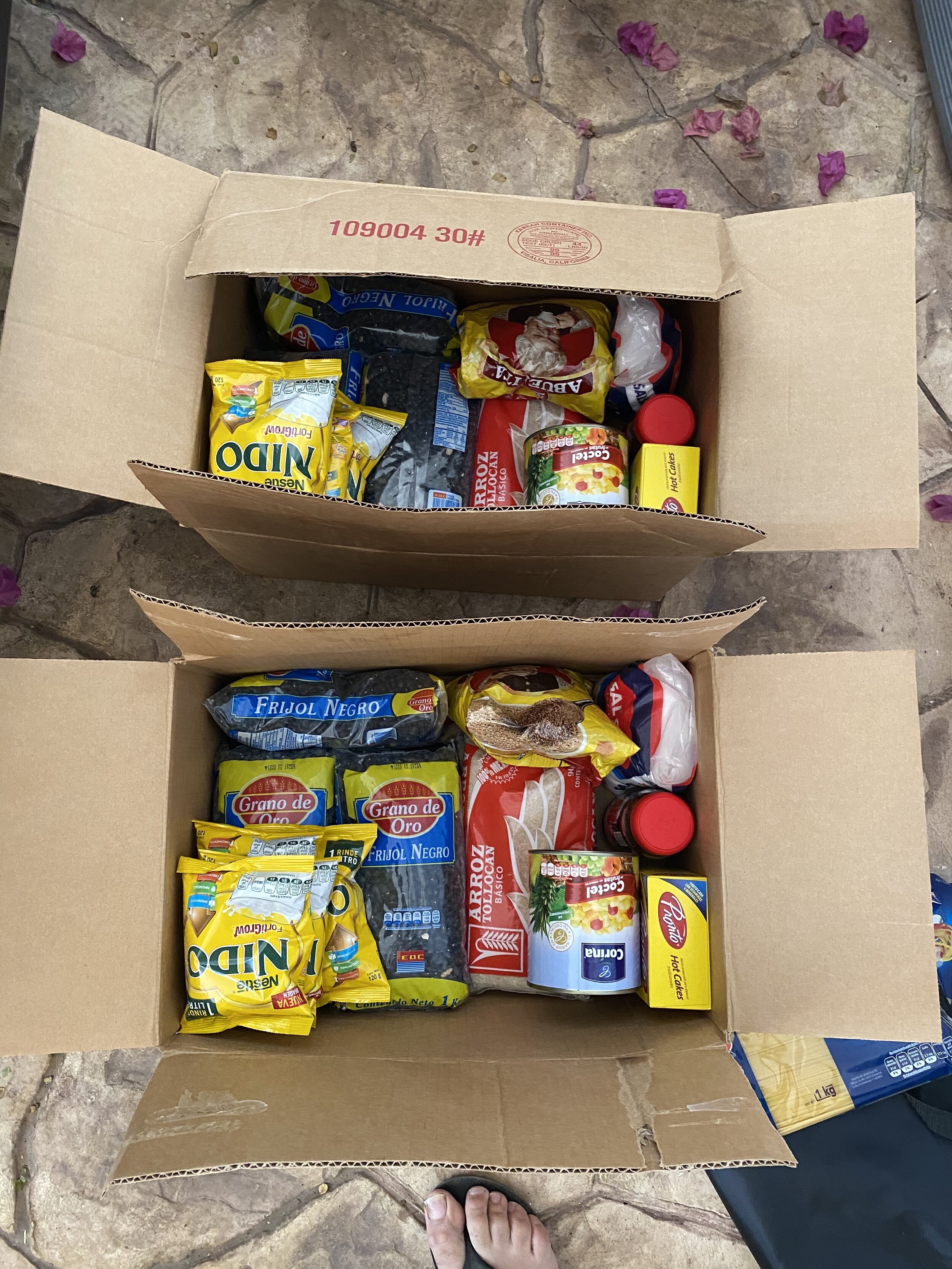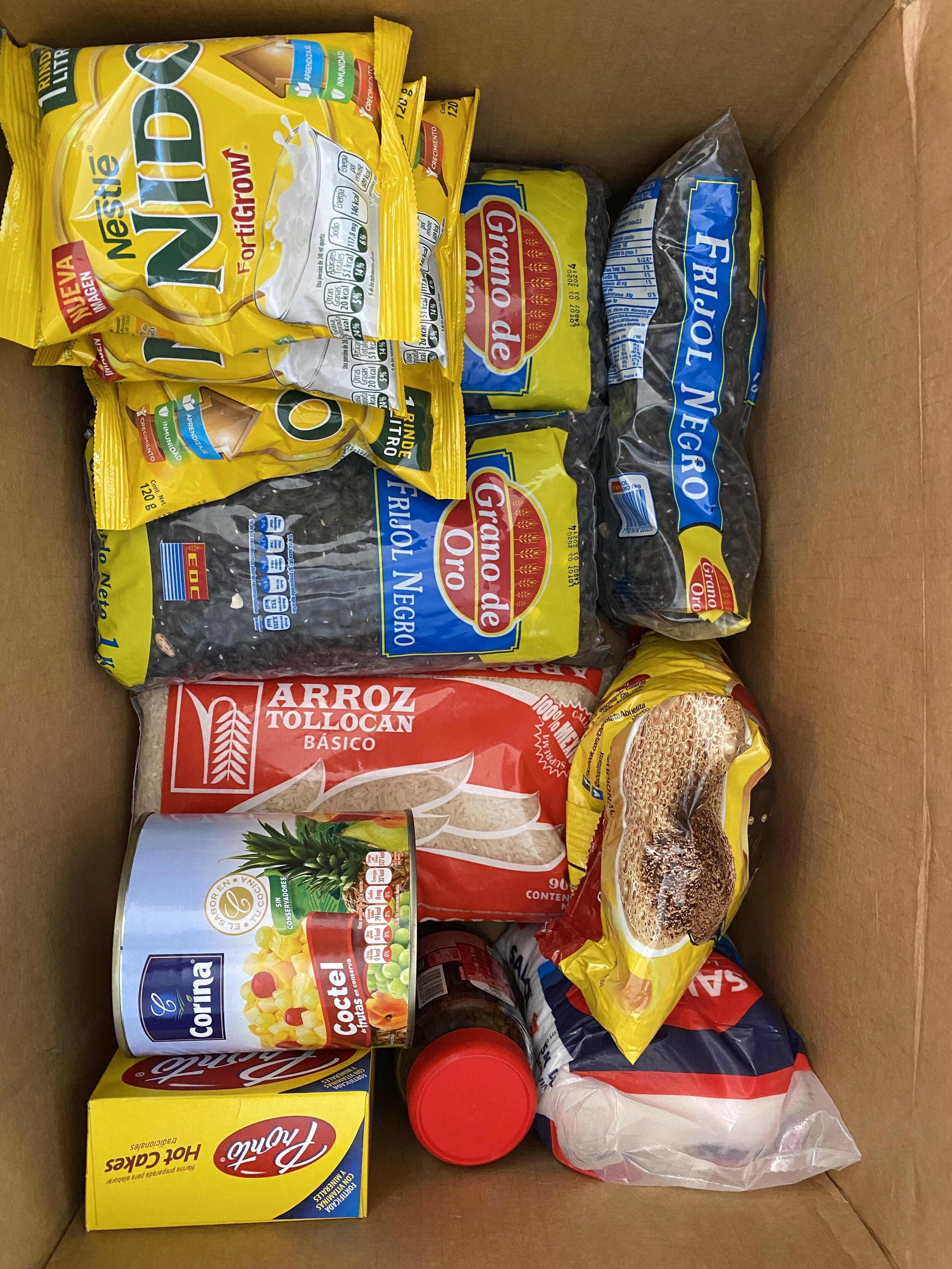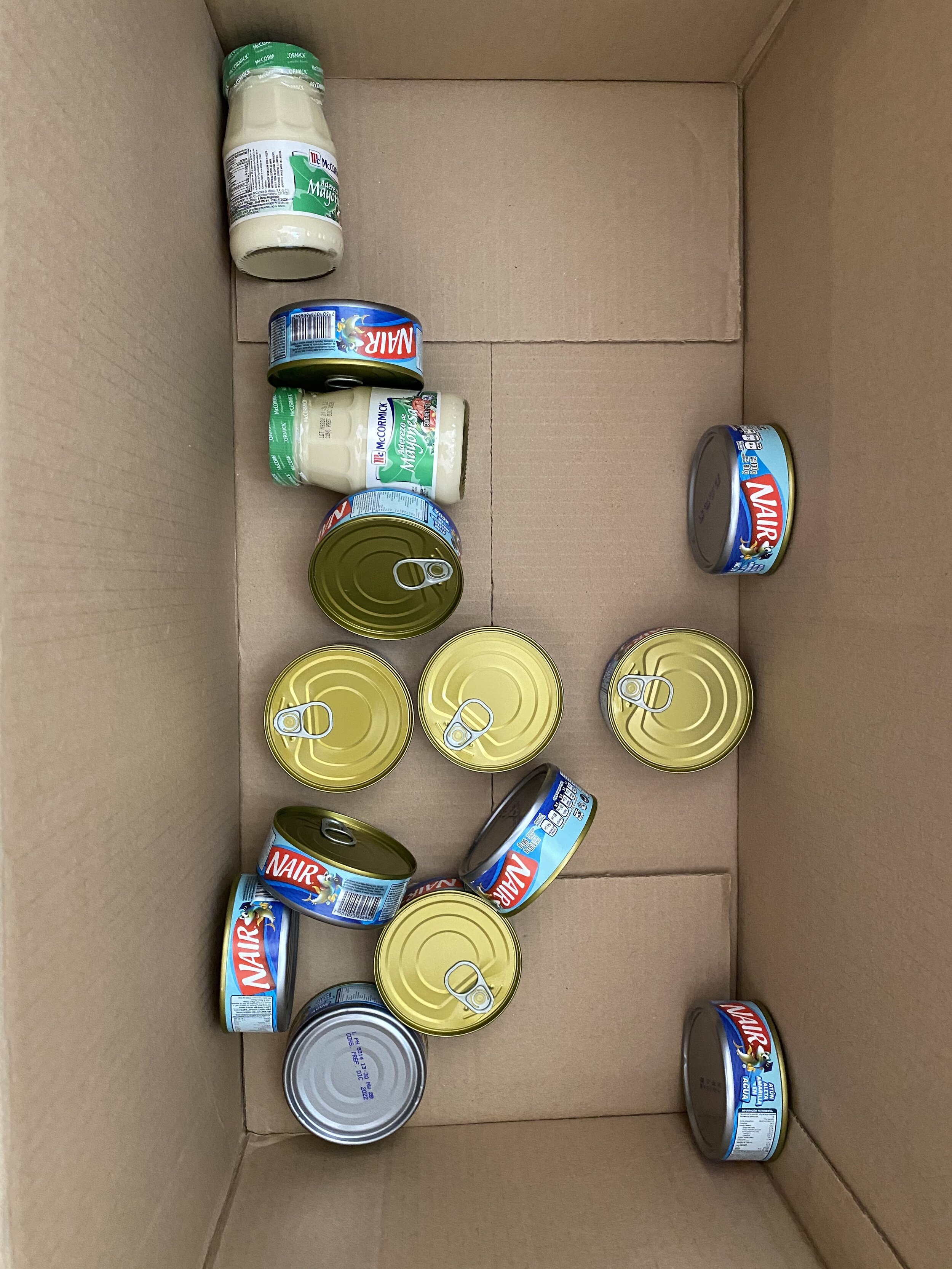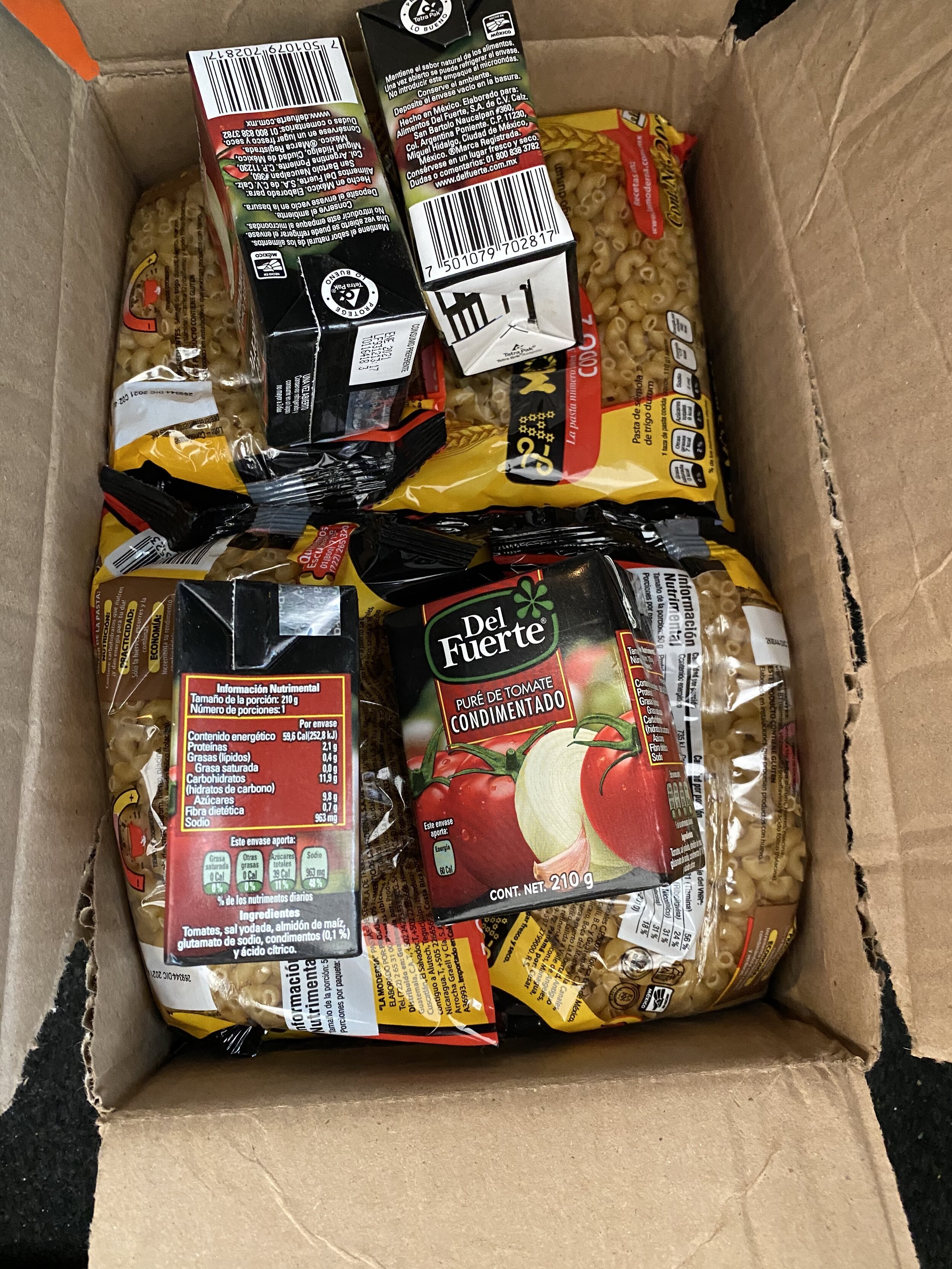A day trip to the beach.
Who doesn’t love a few hours on the beach? Sun, sand, the ocean, and a cute little town to visit. And yes, a ceviche and freshly fried fish to go along with an ice-cold cerveza. Even a little street art in the form of murals. All within an hour’s drive of the formerly white city of Merida.
Sisal was once the main port of the Yucatan (after Campeche was turned over to the Campechnos and before Progreso) and all kinds of goods were shipped from here to Cuba. Including, tragically, Mayan slaves to work on Cuban sugar plantations. Yes, many a fancy Yucatecan surname is associated with the traffic of human beings somewhere down their lineage, contributing to their wealth and stature. A dark part of history glossed over by the brochures.
There is construction on the road between Hunucma and Sisal at the time of this writing so take it easy - you will make it even if you have to slow down a bit here and there. The highway “improvements” will increase traffic to this gem of a beach, thereby probably ruining it in the foreseeable future, so take advantage of the fact that it’s not completed just yet and go NOW.
We can get you there and ensure you have a great day on a private tour just for you and yours. No strangers to clog up the experience. No time limits, we go as long as you like. We do what YOU want!
Contact us here and we’ll set it up!
